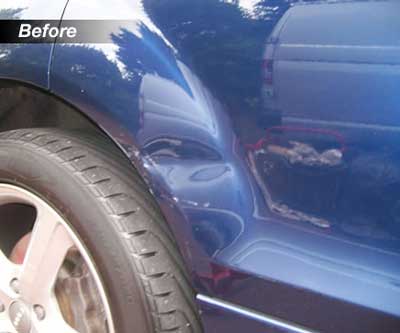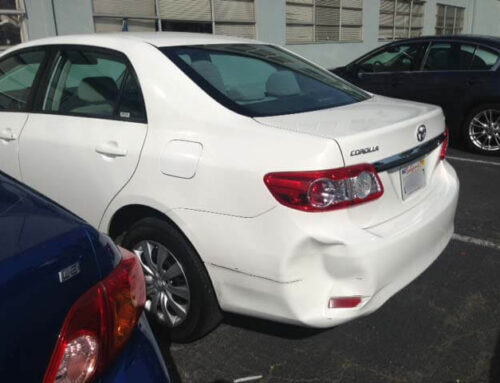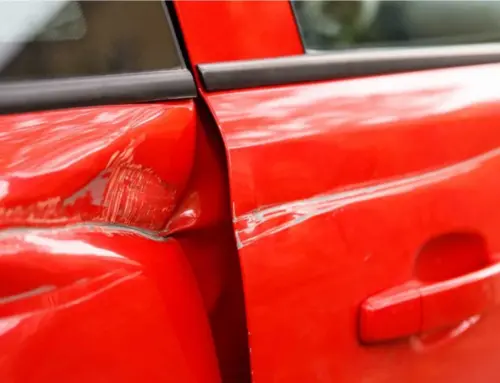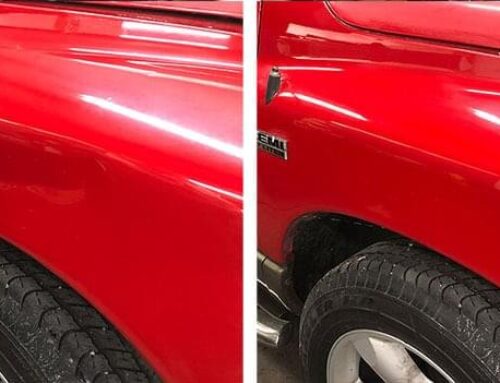Fixing things feels like the right move—less waste, less spending, problem solved. But what most people don’t realize is that conventional repairs often come with a hidden cost: the environment.
From toxic adhesives and synthetic materials to short-lived “fixes” that end up in landfills anyway, many repairs aren’t as eco-friendly as they seem. Even small jobs can involve harmful chemicals or energy-heavy processes that add to pollution. It’s the kind of stuff no one really talks about, but it matters—especially if you’re trying to live greener.
Just because something’s being “repaired” doesn’t always mean it’s sustainable. The truth is, how we fix things can be just as important as what we choose to fix.
How does conventional repair affect the environment differently than alternative methods?
Conventional repair methods often prioritize efficiency and cost over environmental impact, resulting in unintended harm to ecosystems and compromised resource sustainability.
In contrast, alternative or eco-friendly repair practices focus on minimizing waste, reducing emissions, and using sustainable materials. Here’s how the two approaches differ in their environmental impact:
- Use of Non-Sustainable Materials: Conventional repairs rely heavily on new, mass-produced parts made from plastics, metals, and synthetic materials that require high energy to manufacture and are often non-recyclable.
- Higher Carbon Emissions: Traditional repair techniques often use heavy machinery, fossil fuels, and long-distance shipping of parts, contributing to increased greenhouse gas emissions.
- Toxic Chemical Usage: Many conventional adhesives, paints, and sealants contain volatile organic compounds (VOCs) and other pollutants that can harm air quality and leach into soil and waterways, posing a significant environmental risk.
- Waste Generation: Damaged parts are often discarded instead of being refurbished or recycled, resulting in increased landfill waste and resource depletion.
- Resource-Intensive Manufacturing: Producing new components for repairs often involves mining, deforestation, and other environmentally harmful extraction methods.
Alternative repair methods emphasize the use of reused or reclaimed materials, non-toxic products, and local sourcing, dramatically reducing the environmental footprint and promoting long-term sustainability.
What are the hidden environmental costs of traditional repair processes?
Traditional repair processes may seem like a responsible choice, but they often carry hidden environmental costs that are frequently overlooked. These costs extend beyond the repair site and into global resource use, pollution, and long-term sustainability concerns. Here are some of the key hidden environmental impacts:
- Manufacturing Footprint of Replacement Parts: Producing new parts consumes raw materials, energy, and water—often through environmentally damaging practices like mining, refining, and large-scale manufacturing.
- Transportation Emissions: Replacement components are often sourced from distant suppliers, requiring long-haul shipping that contributes to carbon emissions and air pollution.
- Use of Hazardous Materials: Traditional repairs often involve paints, adhesives, and solvents containing VOCs and other harmful chemicals, which degrade air quality and may contaminate water and soil.
- Disposal of Non-Recyclable Waste: Broken parts, packaging, and leftover materials often end up in landfills because they are neither biodegradable nor recyclable, thereby increasing the environmental burden.
- Energy-Intensive Equipment: Many repairs require the use of high-powered tools or equipment that run on fossil fuels, adding to the repair’s carbon footprint.
- Short Product Lifecycles: Traditional repairs often prioritize quick fixes using low-quality materials, leading to repeat repairs and increased waste generation.
Understanding these hidden costs is crucial for making more eco-conscious repair decisions.
Why is the environmental impact of conventional repair often overlooked?
The environmental impact of conventional repair is often overlooked because the focus tends to be on short-term fixes, cost-efficiency, and immediate functionality—rather than the broader, long-term ecological effects.
Many of the consequences are indirect, hidden behind supply chains and manufacturing processes that aren’t visible to the average consumer or contractor. Here are some key reasons why the environmental toll goes unnoticed:
- Focus on Immediate Functionality: Repairs are typically judged by how fast and affordably they solve the problem, not by how sustainable the process or materials are.
- Lack of Consumer Awareness: Most people aren’t informed about the environmental footprint of the tools, chemicals, or replacement parts used in standard repairs.
- Invisible Supply Chains: The environmental damage from mining, production, and transport of repair materials often happens out of sight and out of mind.
- No Regulatory Pressure: In many industries, there are few regulations requiring green practices for routine repairs, leading to continued reliance on conventional methods.
- Perceived Cost of Green Alternatives: Eco-friendly options are often seen as more expensive or less accessible, deterring their use despite long-term benefits.
- “Repair” Is Seen as Sustainable by Default: Because repair is often viewed as better than replacement, its environmental impact is rarely questioned—though not always justified.
How can conventional repair contribute to pollution and resource depletion?
Conventional repair practices, while intended to extend the life of equipment or structures, can unintentionally contribute to pollution and resource depletion. The materials, processes, and waste associated with traditional repairs often have significant environmental consequences. Here’s how:
- Use of Non-Renewable Materials: Repairs often require new components made from metals, plastics, and synthetic materials that rely on resource-intensive extraction methods, such as mining and drilling.
- Toxic Chemical Applications: Common repair products—such as sealants, paints, adhesives, and solvents—often contain volatile organic compounds (VOCs) that release harmful fumes into the air and leach into soil and water.
- Improper Waste Disposal: Old or damaged parts, leftover materials, and packaging are frequently discarded in landfills, adding to solid waste problems and contributing to soil contamination.
- Energy-Intensive Equipment: Repairs that require power tools or industrial machinery rely heavily on electricity or fuel, increasing greenhouse gas emissions.
- Short-Term Solutions Leading to Repetitive Repairs: Using low-quality materials or quick fixes often results in repeated repairs, which further consume resources and generate waste over time.
- Manufacturing Pollution: The production and transportation of new replacement parts contribute to air and water pollution, as well as a higher carbon footprint.
These impacts underscore the importance of adopting more sustainable repair practices to reduce environmental harm.
Fix Dents Without Wrecking the Planet
Car repairs aren’t usually seen as eco-friendly—but they can be. Conventional methods often involve repainting, replacing parts, and releasing harmful chemicals into the air.
Piedmont Dent Repair keeps things simple and sustainable with paintless dent repair. It uses less energy, avoids waste, and still gets your car back in shape. No extra materials. No unnecessary damage to the environment.
Just smart, efficient repairs that do the job right. If you care about how things get done—not just that they look done—our team is the right fit.






